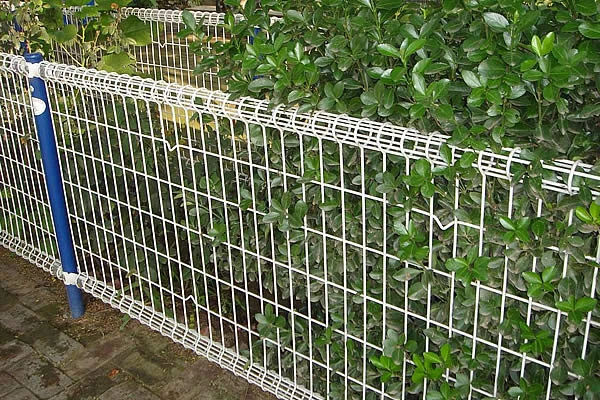Gabion walls have emerged as an essential solution in slope protection, offering a blend of durability, environmental benefits, and aesthetic appeal. With the ever-increasing demand for sustainable and effective infrastructure, these structures stand out by marrying functionality with practicality.

To understand the full potential of gabion walls, it's crucial to delve into their foundational aspects and real-world applications. These walls are typically constructed using wire mesh baskets filled with rocks, concrete, or sometimes sand and soil. Unlike more rigid slope protection solutions, gabion walls possess a certain level of flexibility that allows them to withstand the pressures and movements often associated with earth slopes. This adaptability makes them particularly advantageous in areas prone to erosion or landslides.
The expertise behind designing and installing gabion walls requires a meticulous understanding of geology, engineering, and environmental science. Proper installation starts with a comprehensive site assessment. Experts evaluate the slope's soil composition, the hydrological patterns, and potential loading conditions to ensure that the gabion wall can effectively stabilize the area. By tailoring the design to the site's unique needs, specialists can optimize the wall's longevity and performance.

Authoritativeness in the realm of gabion wall construction is achieved through both field experience and ongoing research. Seasoned professionals in civil engineering have iteratively refined the techniques used in these constructions, integrating advancements in materials and technology. Modern wire mesh materials, for example, are treated to resist corrosion, significantly enhancing the durability of the structures. Combining these with geotextiles, engineers can further increase the wall's stability while promoting drainage, thus preventing water buildup that could lead to structural compromise.
Trustworthiness of gabion walls is evidenced by their widespread use in a variety of high-stakes environments, from highways and railways to riverbanks and coastal areas. Their natural look allows them to blend seamlessly into their surroundings, a critical consideration in areas of high aesthetic or ecological value. Additionally, as gabion walls promote vegetation growth, they not only secure slopes but also help in reconstructing natural habitats, boosting biodiversity.
gabion wall for slope protection
One of the standout experiences reported by industry professionals is the cost-effectiveness of gabion walls. Unlike traditional concrete walls, these require less intensive groundwork and can be installed relatively quickly. The modular nature of the wire baskets means adjustments and repairs are also simpler, keeping maintenance costs lower over the long term.
Moreover,
gabion walls play a key role in sustainable construction practices. By utilizing local materials for fill, the environmental footprint of transporting and manufacturing construction materials is minimized. Furthermore, the permeability of gabion walls facilitates water movement, thus reducing surface runoff and lowering the impact of heavy rainfalls on the surrounding environment.
Innovations in gabion wall technology continue to enhance their effectiveness. Recent developments, for example, involve integrating smart sensors within the gabions to monitor the structural health of the walls in real-time. This proactive approach to stability monitoring underscores a commitment to safety and longevity, ensuring these structures remain reliable amidst changing environmental conditions.
In conclusion, gabion walls for slope protection represent a confluence of traditional methods and modern innovation. They offer a flexible, sustainable, and cost-effective solution to slope stabilization challenges, backed by a solid foundation of engineering expertise. Their implementation not only benefits infrastructure protection but also contributes positively to ecological preservation, making them a favored choice for projects that value both functionality and environmental harmony.
 TEL:
+86-13102802206
TEL:
+86-13102802206
 Email:
fencenetting@china.com
Email:
fencenetting@china.com
 Language
Language
 TEL:
+86-13102802206
TEL:
+86-13102802206
 Email:
fencenetting@china.com
Email:
fencenetting@china.com
 Language
Language



